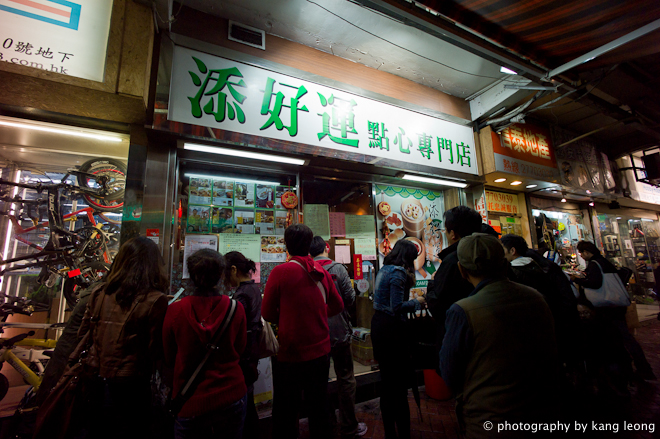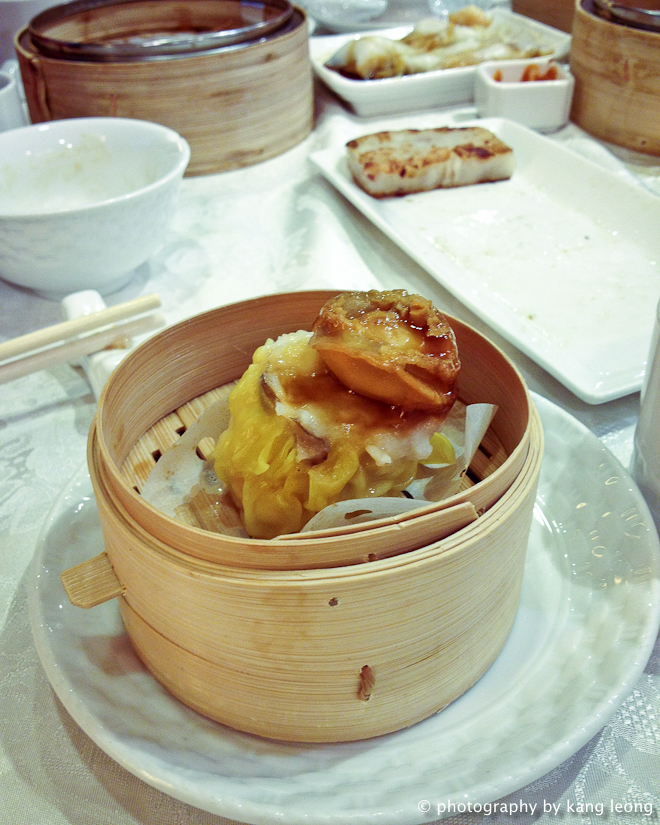
In addition to a one-time opening fee per location, he says, the startup cost for one of his larger restaurants has been roughly $700,000 and includes construction, equipment, rent and training. So far, they've sold 5 million of the chain's famous pork buns. Altogether, he says, his Tim Ho Wan franchises rake in more than $10 million in annual sales with a profit margin of 10% to 15%. The crowd has now thinned to a weekend average of 800 customers a day. It was the first branch of a Michelin-rated restaurant in the Philippines, and at one point it generated the highest revenue per square meter of any restaurant in the country, he claims. He's been in the food business for 25 years and runs 138 restaurants in the country under his FooDee Global Concepts.ĭee saw daily walk-ins of around 1,400 people after he opened the first one in 2013. We are a Third World country and really price-sensitive, so we wanted to bring in something that was more accessible." " is very familiar to the Filipino people. "There is a Chinese population in the Philippines," he says. Seeing the people willing to wait in line for a cuisine so prevalent in Hong Kong, he was intrigued by the idea of bringing the concept back home.

Rikki Dee, a restaurateur who owns seven Tim Ho Wans in the Philippines, first visited the Mongkok location in 2010. "We had no special technique to attract them."

"We actually never thought about overseas, but there were overseas who liked our business operations and wanted to run Tim Ho Wan," says Mak. Mak and Leung each own 50% of the company. On top of that the Tim Ho Wan Group collects fees by franchising the other 40 restaurants through ten partners in ten countries. Their annual sales total nearly $20 million, with an estimated profit margin of 10%. There's no longer a Tim Ho Wan in Mongkok, but the chain has expanded to five locations around the city, all company-owned. "There's no superstar entrepreneur-we were just doing what we usually do." "We were just doing our old job, something that we are good at," says Leung. The following year their hole-in-the-wall outlet of just 20 seats earned its first Michelin star. The original 20-seater restaurant in Mongkok. They called it Tim Ho Wan, meaning "to add good luck." It was really cheap! Because we didn't have much money at the time, we picked up appliances, machinery, an air-conditioner and furniture from restaurants and businesses that went out of business," recalls Mak. "Back then we didn't think we were taking much of a risk. He and fellow chef Leung Fai Keung, 53, who appears even more reticent than Mak, took a mere $13,000 and opened their first location in Kowloon's bustling Mongkok district in 2009, aiming to offer quality dim sum at competitive prices. Only dim sum." Mak eventually ascended to a job as a chef at the Michelin three-starred Lung King Heen restaurant in the city's Four Seasons Hotel, spending four years there before taking the leap to starting his first business at 46. "My dad and uncle were both chefs, and they brought me into the industry," he says, speaking in Cantonese through an interpreter. He traces his journey back to age 15, when he and his family moved to Hong Kong from China and he began toiling in the kitchen learning the art of dim sum cooking. The 25 different dim sum choices are reasonably priced and carefully prepared." Says Michelin of the Sham Shui Po location: ".don't be surprised to find a queue of expectant diners outside here, too. Its star makes it an outlier on a list that's dominated by expensive restaurants in fashionable neighborhoods.


And the crowds keep coming for the popular Cantonese cuisine featuring bite-size treats served on small plates and baskets. Still, its most expensive dish in Hong Kong is priced at only $3.75, quite a feat for any Michelin restaurant. And those two no longer serve the cheapest Michelin-starred meals-two hawker stalls in Singapore took that title last July, the first time the French ratings guide awarded a coveted star to a food stand. Since then the demand has overwhelmed the 60 tables, thanks to headlines dubbing it "the world's cheapest Michelin-starred restaurant." This location doesn't have a Michelin star, though two of Tim Ho Wan's 45 restaurants-both in Hong Kong-do. Hong Kong-based Tim Ho Wan opened in lower Manhattan in December.


 0 kommentar(er)
0 kommentar(er)
